
The U.S. Coast Guard’s Facilities Design and Construction Center completed a contract modification with The Whiting-Turner Contracting Company Aug. 25 to remove up to 100 submerged concrete piles under the old Pier November at Base Charleston in North Charleston, South Carolina. The modification, with a potential value of approximately $14.

U.S. President Donald Trump wants a pay raise for troops, more high-tech missiles and drones in next year's defense budget, while cutting Navy jobs, and buying fewer ships and fighter jets to save money, according to budget materials posted Wednesday.At $892.6 billion, the defense and national security budget request is flat compared with this year.
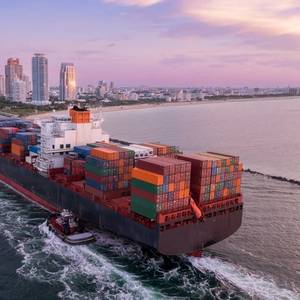
On April 17, the Trump administration shielded domestic exporters and vessel owners servicing the Great Lakes, the Caribbean and U.S. territories from port fees to be levied on China-built vessels.The Federal Register notice posted by the U.S. Trade Representative (USTR) was watered down from a February proposal for fees on China-built ship of up to $1.5 million per port call.

The first thirty days of the new Trump Administration have brought sweeping changes throughout the federal government. We take a pause to assess where things stand for maritime stakeholders and what may be coming next in Washington, DC, for our industry.A Maritime DirectiveFor those that work in the U.
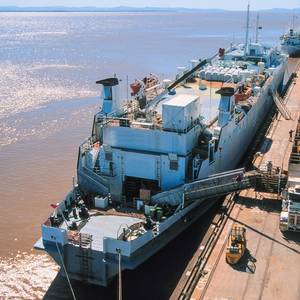
The Argentine government has authorized the export of live cattle for slaughter, reversing a prohibition that had been in place for over five decades, after the country's beef exports last year reached their highest level in a century.Argentina, famed for its beef cuts and traditional asado barbecue, is a ranching and farming powerhouse and a major exporter of processed soybeans, corn and wheat.
The bipartisan, bicameral bill will fuel U.S. economy, strengthen national security by responding to China’s threat over the oceans. Currently, the number of U.S.-flagged vessels in international commerce is 80; China has 5,500.Today, Senator Mark Kelly (D-AZ), Senator Todd Young (R-IN), Representative John Garamendi (D-CA-8)
![America’s Ports: A New Awakening [?]](https://images.marinelink.com/images/maritime/w300h300c/-154963.jpg)
Washington comes to grips with the reality that the domestic intermodal equation includes four modes. One of them is by water. It’s about time.One of the great things about spending five years in retirement (I mean, aside from being blissfully idle while you toiled) is that, when you do come back to work, you enjoy a truly fresh perspective in all aspects of your job.

MarineNews Editor Joseph Keefe weighs in with a look at the previous five years on the waterfront. It’s not what you think.You might be aware that I stepped away for a moment in late December 2019. The five years that followed, whizzed right by – well, all but that miserable part of being virtually locked in my house for six months during “the Pandemic.” Enough said.

The bulk carrier Bunun Ace and the Ayed 1, a bulk carrier that appears to have been converted to carry livestock, were involved in a collision in the Bosphorus Strait on October 3.The Turkish Directorate General of Coastal Safety said the Bunun Ace was heading towards the Üsküdar coast, and the swift action of the tug Kurtarma-5 averted the vessel from running aground.
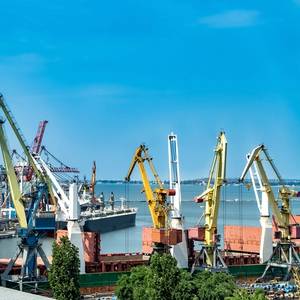
A series of Russian missile strikes on Ukrainian Black Sea port infrastructure and commercial vessels has led to a jump in insurance costs and forced some shipowners to cancel bookings, insurance sources and a broker said on Thursday.Russian ballistic missiles attacked the port infrastructure of Ukraine's southern Odesa region on Wednesday, becoming the third such attack in the past four days.
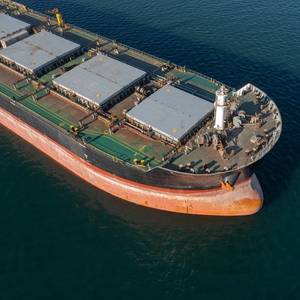
A Russian missile hit a Palau-flagged vessel in Ukraine’s southern port of Odesa on Monday, killing one Ukrainian national and injuring five foreign nationals, regional governor Oleh Kiper said on Telegram.The attack was the second on a ship in as many days in southern Ukraine. Ukraine's Restoration Ministry earlier said a Russian missile had damaged a civilian Saint Kitts and Nevis-flagged
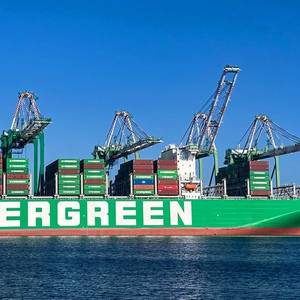
The Port of Los Angeles reported handling nearly 960,600 Twenty-Foot Equivalent Units (TEUs) in August, marking a remarkable 16% increase compared to the same month last year. This figure represents the busiest month for the port since before the pandemic.With eight months of 2024 complete, the Port of Los Angeles is already 17% ahead of its total container volume from 2023